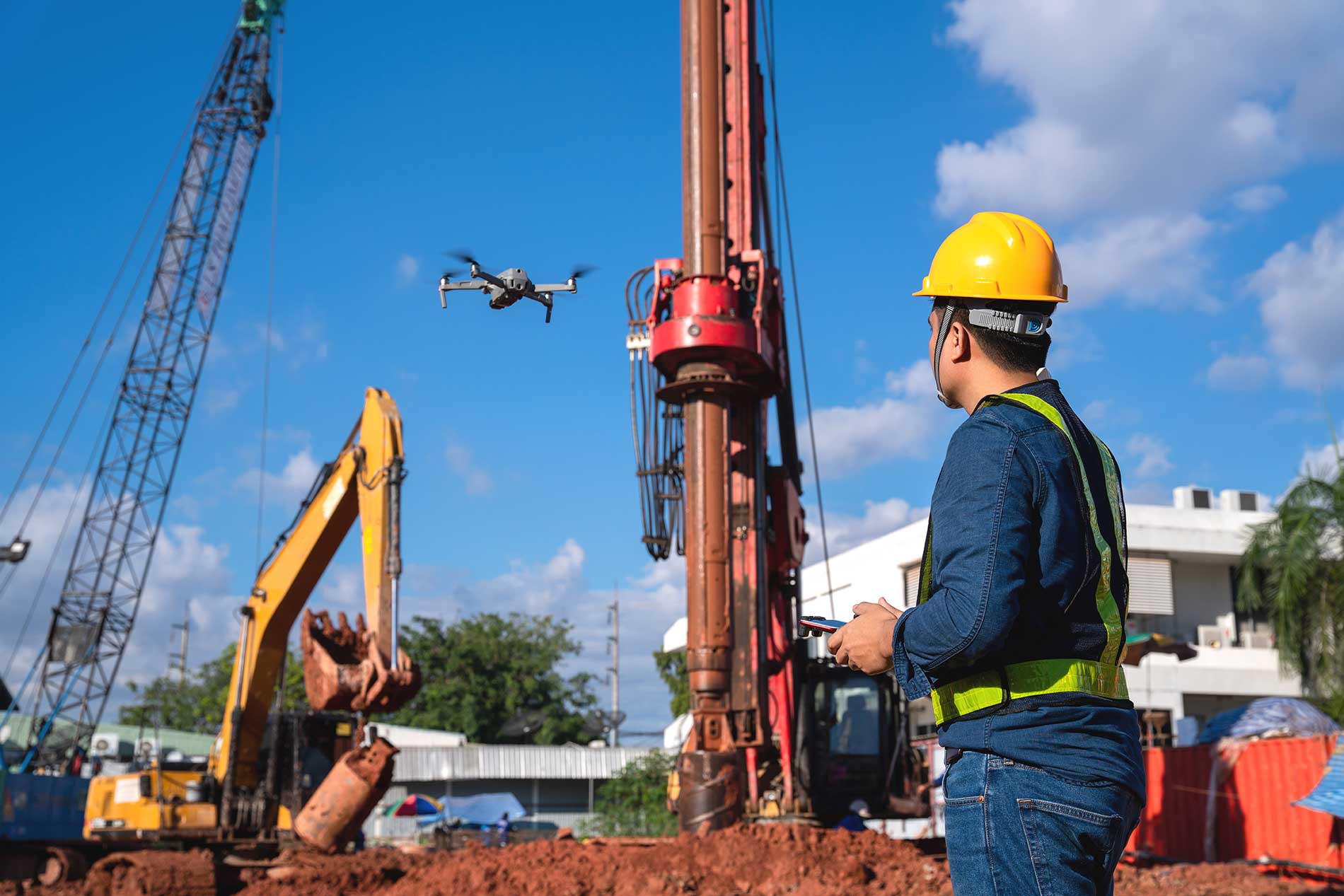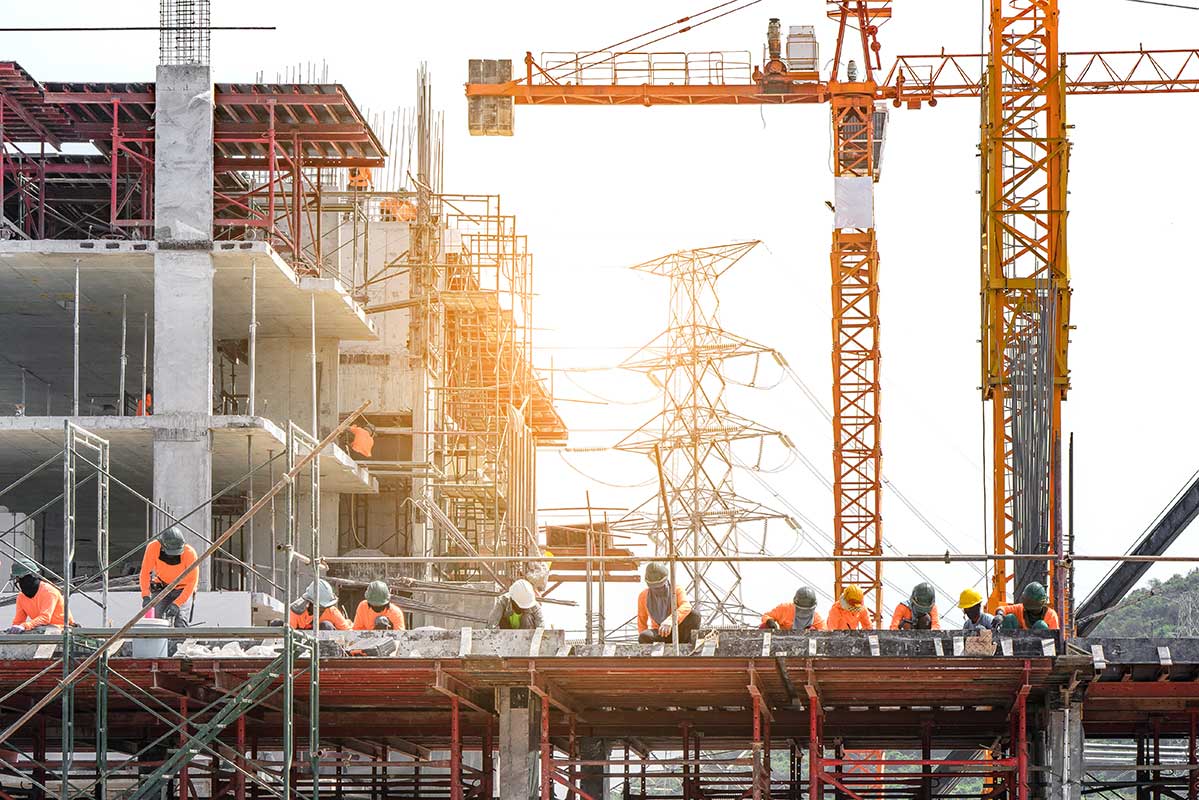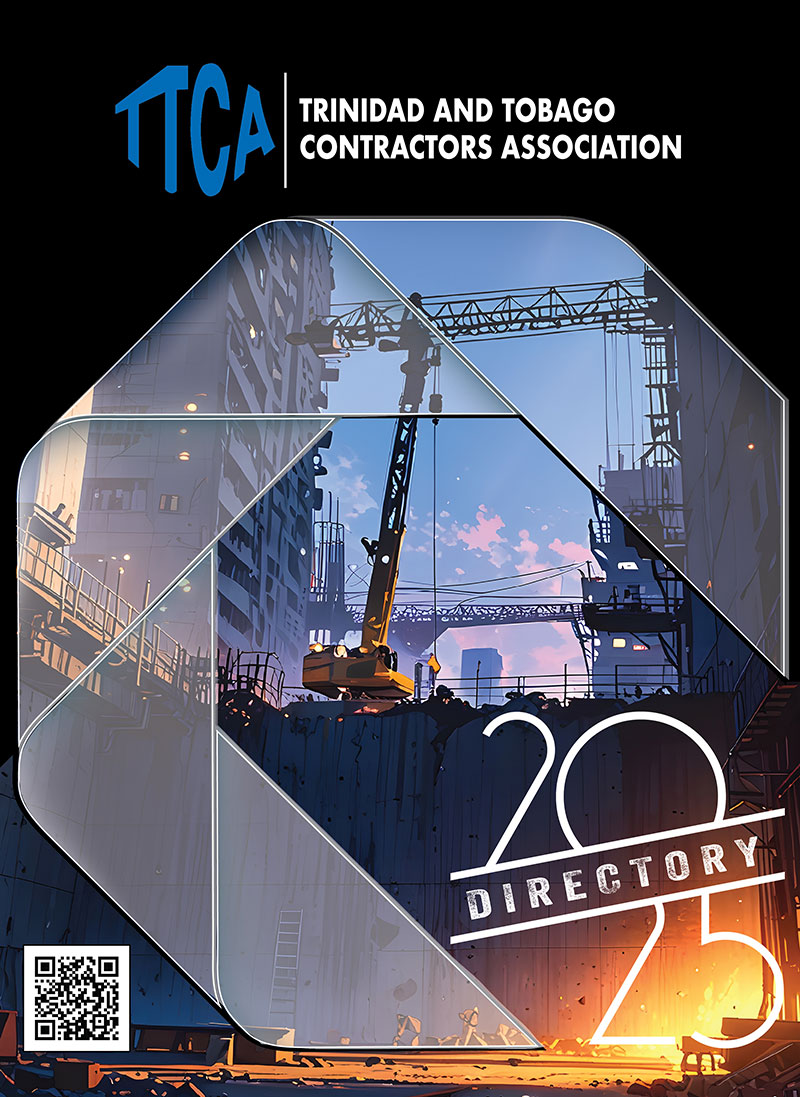In the construction industry, whether in the private or public sector, the reliability and longevity of equipment are critical to operational success. Equipment breakdowns can lead to costly project delays, safety hazards, and loss of productivity. This is where preventive maintenance (PM) becomes indispensable. A well-structured preventive maintenance plan ensures equipment remains in optimal condition, reduces unexpected failures, and minimizes repair costs. This guide delves into how construction businesses can set up an effective preventive maintenance plan.
Understanding Preventive Maintenance
Preventive maintenance refers to the scheduled servicing of equipment to prevent potential failures and extend its lifespan. Unlike reactive maintenance, which addresses problems after they occur, preventive maintenance is proactive. It involves routine inspections, lubrication, parts replacement, and performance checks based on a predetermined schedule.
According to a report by the International Facility Management Association (IFMA), organizations that prioritize preventive maintenance experience a 10-40% reduction in downtime and repair costs. This statistic underscores the importance of adopting a proactive maintenance approach.
Why Preventive Maintenance is Essential for the Construction Sector
The construction industry heavily relies on equipment such as excavators, bulldozers, cranes, and generators. Frequent use in challenging conditions makes them susceptible to wear and tear. Without regular maintenance, minor issues can escalate into major problems, leading to:
- Project delays due to equipment downtime.
- Increased operational costs from emergency repairs.
- Safety risks for workers.
- Reduced resale value of equipment.
Incorporating preventive maintenance ensures equipment reliability, enhances safety, and supports long-term cost savings. Furthermore, many insurance providers and regulatory agencies require documented maintenance programs as part of compliance.
Steps to Establish a Preventive Maintenance Plan
Creating a robust preventive maintenance plan involves careful planning, resource allocation, and commitment to execution. Follow these steps to set up your plan effectively:
1. Inventory All Equipment
The first step is to compile a comprehensive inventory of all equipment. This list should include:
- Equipment type and model.
- Serial numbers.
- Purchase and warranty details.
- Current operating hours or mileage.
Maintaining a detailed inventory helps prioritize maintenance activities and track equipment performance over time. Digital asset management tools, such as CMMS (Computerized Maintenance Management Systems), can simplify this process.
2. Understand Manufacturer Recommendations
Each piece of equipment comes with a manual detailing recommended maintenance schedules and procedures. These recommendations provide a baseline for your preventive maintenance plan. Adhering to manufacturer guidelines ensures warranties remain valid and optimizes equipment performance.
Maintenance guides recommend specific intervals for changing filters, inspecting hydraulic systems, and replacing wearable parts. These guidelines should form the backbone of your PM schedule.
3. Assess Equipment Usage and Environment
Adjust the preventive maintenance schedule based on how and where the equipment is used. Equipment operating in harsh conditions, such as extreme temperatures or dusty environments, may require more frequent maintenance.
Regularly monitor operational data, such as engine hours and fuel consumption, to identify patterns that may signal increased wear and tear. For example, excavators working on rocky terrains might need more frequent track inspections compared to those used on softer soil.
4. Develop a Maintenance Schedule
Once you have all the necessary data, create a detailed schedule for each piece of equipment. The schedule should outline:
- Daily, weekly, monthly, and annual maintenance tasks.
- Inspection points (e.g., tire pressure, fluid levels, belt conditions).
- Estimated time and resources required for each task.
Digital calendars or CMMS software can send automated reminders to ensure adherence to schedules. Tools like Fiix or UpKeep are popular among construction companies for managing maintenance workflows.
5. Train Staff and Assign Responsibilities
Your maintenance plan’s success depends on the people implementing it. Train operators and maintenance teams to:
- Conduct pre-start inspections.
- Identify early warning signs of equipment failure.
- Record findings accurately in maintenance logs.
Assign specific responsibilities to team members, ensuring accountability. For instance, operators can perform daily checks, while technicians handle more complex inspections and repairs.
6. Monitor and Document Maintenance Activities
Proper documentation is crucial for tracking progress, evaluating effectiveness, and ensuring compliance with regulations. Record details such as:
- Date and type of maintenance performed.
- Parts replaced and costs incurred.
- Observed issues and corrective actions taken.
Well-maintained records also simplify audits and support resale negotiations, as buyers are more likely to trust equipment with a clear maintenance history.
7. Use Predictive Maintenance Technologies
Advancements in technology have introduced predictive maintenance tools that complement traditional preventive maintenance. Predictive maintenance uses sensors and data analytics to forecast equipment failures before they occur.
For example, vibration sensors can detect irregularities in rotating components, while oil analysis reveals contaminants that may indicate engine wear. Investing in these technologies reduces downtime and enhances the accuracy of your maintenance efforts.
Common Challenges and Solutions
Despite its benefits, setting up a preventive maintenance plan is not without challenges. Here are common obstacles and strategies to overcome them:
1. Resource Constraints
Smaller construction firms may lack the financial or human resources for comprehensive maintenance programs. In such cases, prioritize critical equipment and outsource specialized tasks to third-party service providers.
2. Resistance to Change
Introducing a new maintenance plan may face resistance from employees accustomed to reactive approaches. Overcome this by emphasizing the long-term benefits of preventive maintenance and involving the team in planning.
3. Lack of Accurate Data
Without accurate operational data, creating an effective schedule becomes difficult. Invest in telematics systems that provide real-time insights into equipment usage, performance, and location.
Benefits of a Preventive Maintenance Plan
A well-implemented preventive maintenance plan delivers numerous benefits:
- Reduced Downtime: Equipment failures are minimized, ensuring projects remain on schedule.
- Cost Savings: Early issue detection prevents expensive repairs and part replacements.
- Enhanced Safety: Regular inspections mitigate risks associated with malfunctioning equipment.
- Increased Equipment Lifespan: Proper care extends the usable life of machinery.
- Regulatory Compliance: Meeting maintenance standards ensures adherence to safety and environmental regulations.
Conclusion
Establishing a preventive maintenance plan is a strategic investment for construction companies in both the private and public sectors. By following a structured approach—from inventory management to leveraging predictive technologies—businesses can enhance equipment reliability, control costs, and ensure project success. Begin implementing your preventive maintenance plan today to secure a safer, more efficient future for your operations.






